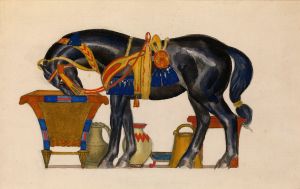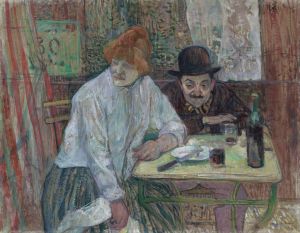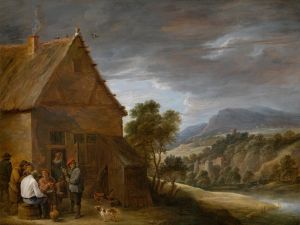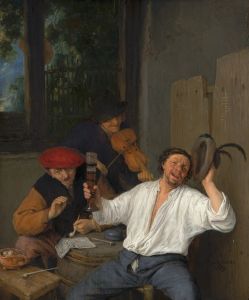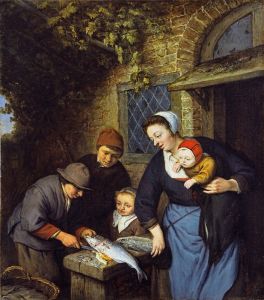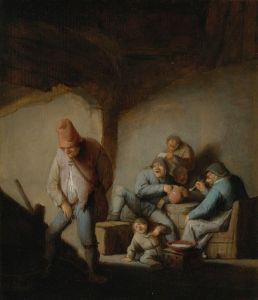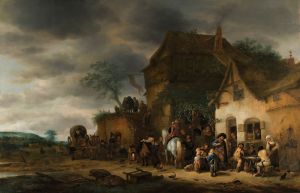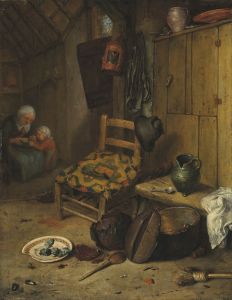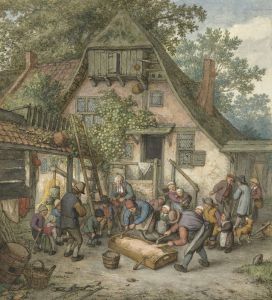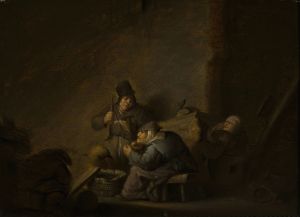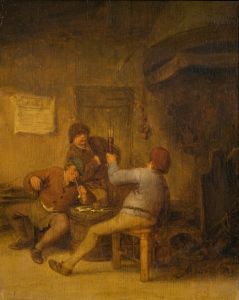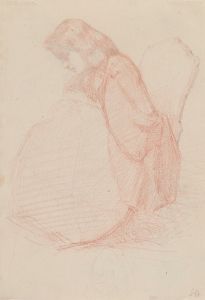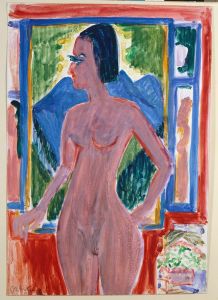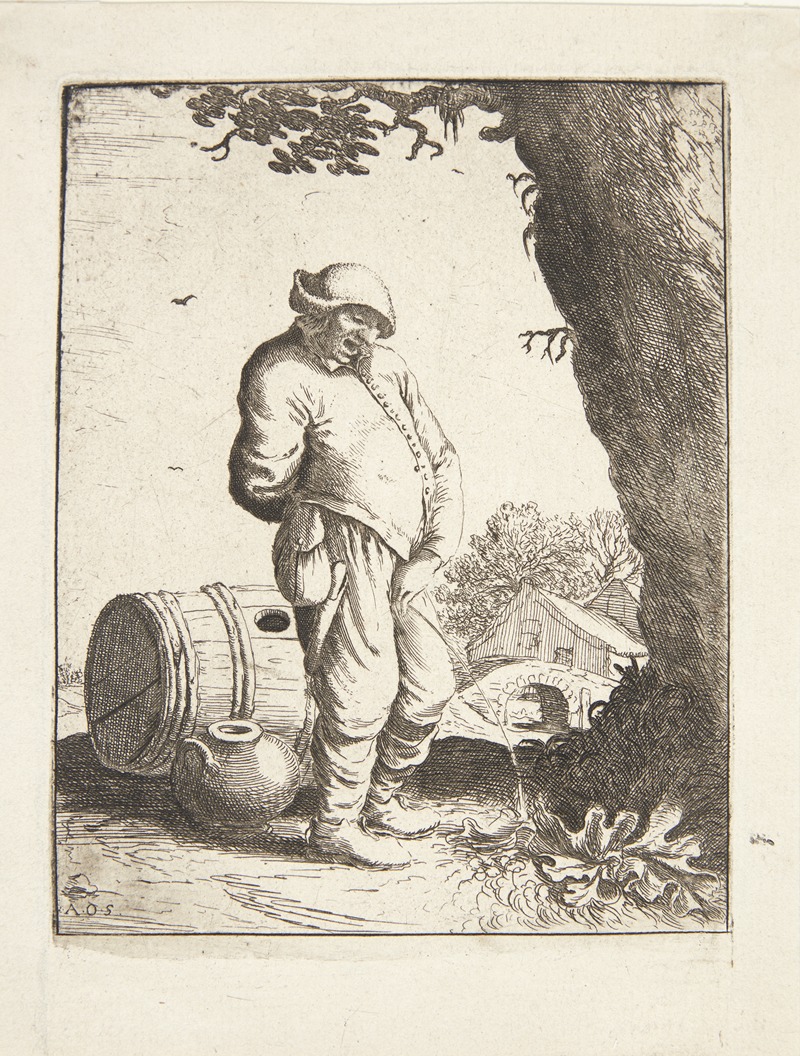
Bonde, der urinerer
A hand-painted replica of Adriaen van Ostade’s masterpiece Bonde, der urinerer, meticulously crafted by professional artists to capture the true essence of the original. Each piece is created with museum-quality canvas and rare mineral pigments, carefully painted by experienced artists with delicate brushstrokes and rich, layered colors to perfectly recreate the texture of the original artwork. Unlike machine-printed reproductions, this hand-painted version brings the painting to life, infused with the artist’s emotions and skill in every stroke. Whether for personal collection or home decoration, it instantly elevates the artistic atmosphere of any space.
Adriaen van Ostade was a Dutch Golden Age painter known for his genre works depicting scenes of peasant life. Born in 1610 in Haarlem, Netherlands, van Ostade was a contemporary of other notable artists such as Frans Hals and Rembrandt van Rijn. He was a student of Frans Hals, which influenced his early style, characterized by a lively and expressive approach to painting.
One of van Ostade's works is "Bonde, der urinerer," which translates to "Peasant Urinating." This painting is part of van Ostade's extensive exploration of peasant life, a common theme in his oeuvre. Van Ostade's works often depicted the everyday lives of the lower classes in a humorous or satirical manner, capturing the rustic and sometimes crude aspects of rural existence.
"Bonde, der urinerer" fits within this context, showcasing van Ostade's interest in the mundane and often overlooked aspects of daily life. The painting likely features a peasant engaged in the act of urination, a subject that, while seemingly trivial or vulgar, reflects the artist's commitment to portraying life as it was, without embellishment or idealization. This approach was typical of genre painting during the Dutch Golden Age, where artists sought to depict scenes of ordinary life with a sense of realism and authenticity.
Van Ostade's technique in such works often involved a detailed and textured style, with a focus on the play of light and shadow to create depth and atmosphere. His use of color and composition would have been aimed at drawing the viewer's eye to the central action of the scene, while also providing a glimpse into the environment and context in which the figures existed.
The painting's subject matter, while perhaps shocking or amusing to contemporary audiences, would have been understood within the cultural and social context of 17th-century Netherlands. During this period, there was a growing interest in the depiction of everyday life, and artists like van Ostade played a crucial role in documenting the social customs and behaviors of the time.
Van Ostade's works, including "Bonde, der urinerer," are significant for their contribution to the genre painting tradition and for their ability to capture the essence of human experience in its most unguarded moments. His paintings provide valuable insights into the lives of ordinary people during the Dutch Golden Age, offering a window into the past that is both informative and entertaining.
Throughout his career, Adriaen van Ostade produced a vast number of paintings, drawings, and etchings, many of which focused on similar themes of peasant life and rural activities. His work remains highly regarded for its technical skill, attention to detail, and the unique perspective it offers on the society of his time.
While specific details about "Bonde, der urinerer" may be limited, the painting is representative of van Ostade's broader artistic goals and achievements. His ability to find beauty and interest in the commonplace continues to resonate with audiences today, making his work an enduring part of art history.





